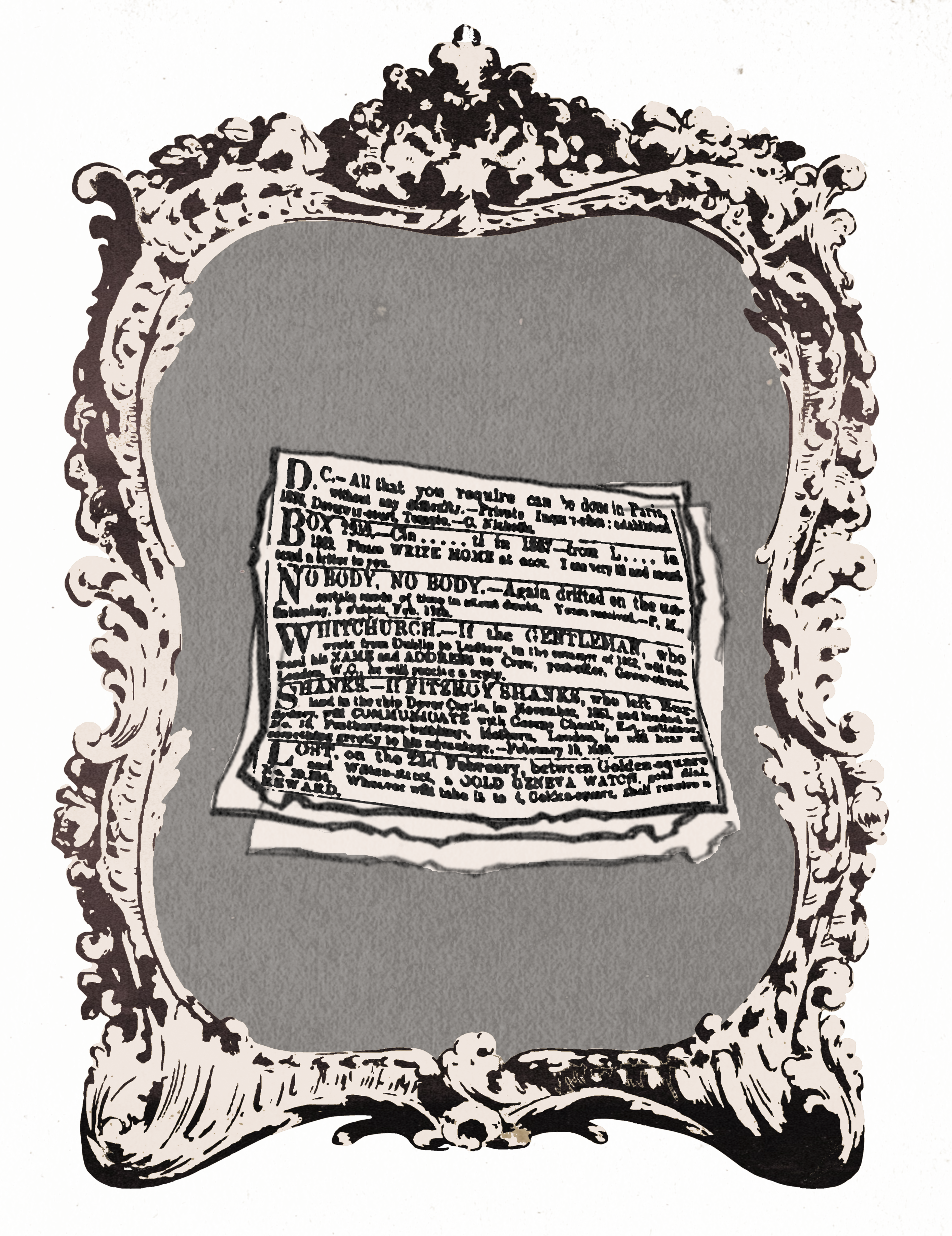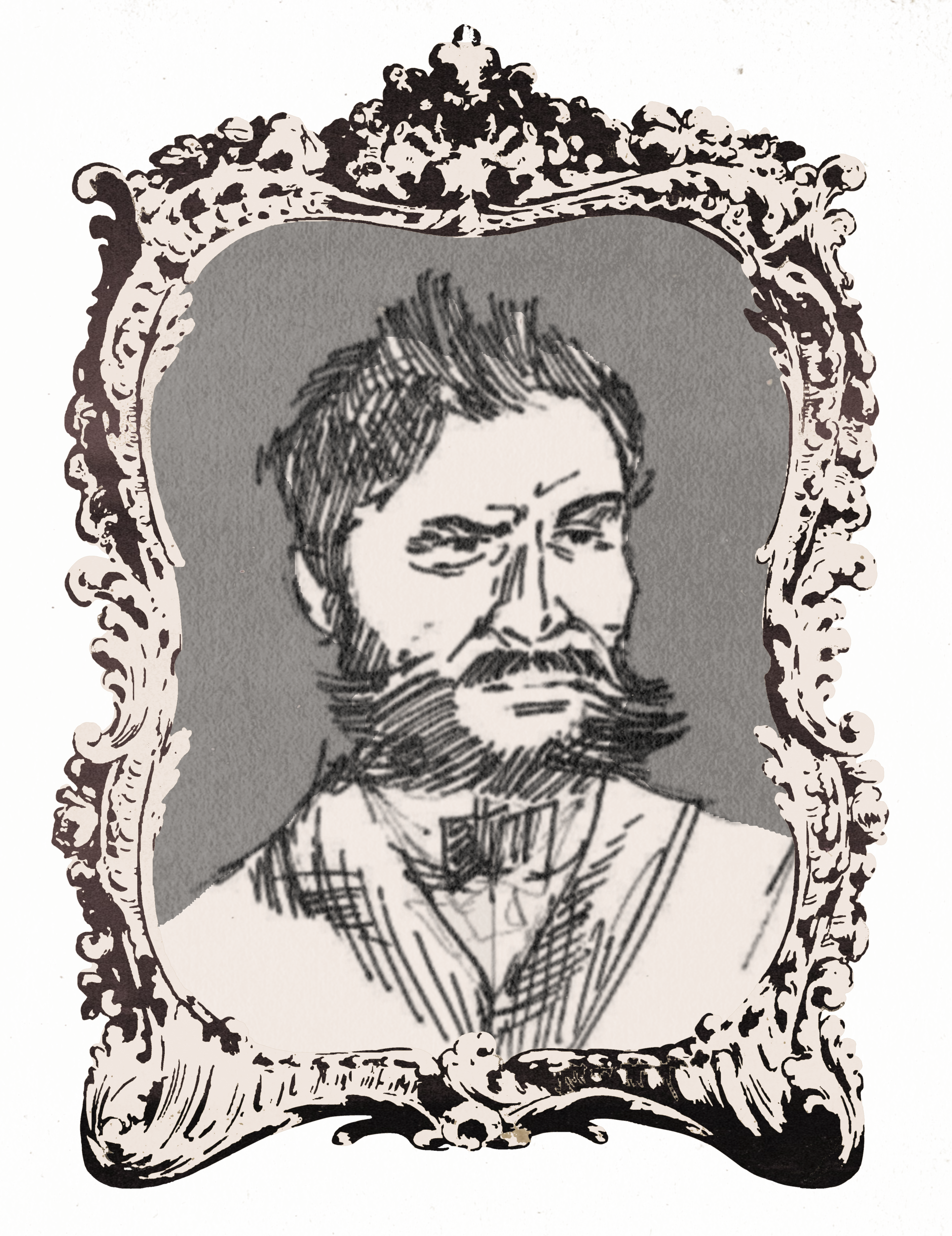Frequently Asked Questions

What are The Times?
Although the years between 1855 and 1910 are often considered the “golden age” of newspapers in Victorian Britain, The Times has a much longer history. It began printing in 1785 under the name The Universal Daily Register, changing its name to The Times shortly thereafter, the name under which it still publishes today. Although by no means the largest daily newspaper by circulation, The Times remained popular with all kinds of readers, particularly the metropolitan middle and upper-class. The Times experienced a rapid period of growth starting in 1815 with the advent of new print technologies, subsequently bolstered by the repeal of the knowledge taxes in 1855. The paper’s circulation rose from 5,000 in 1815 to a staggering 58,000 by 1855. By contrast, London’s population increase was 300% in this period, a far cry from the 1000% increase in The Times’ circulation. Despite its comparatively moderate size, The Times was understood as a paper of national importance, and was granted the right of “newspaper of record” in 1817.

What was the Agony Column?
“A whole romance contained in four little lines…seven words [that give] a three volume novel in a nutshell” — such are the descriptions that 19th-century commentators gave to the collection of personal advertisements known as the 'Agony Column.' Found on the front page of daily Victorian newspapers, the column published largely anonymous contributions sent in by writers from across the British Empire. Although the Agony Column got its name in the early 1850s from its numerous complaints and indiscretions, over the course of the latter 19th-century it evolved into a public forum for Victorian citizens to communicate with family and friends and, in some cases, engage in clandestine and cryptic correspondences.
Noting the popularity of the column, editors, such as those at the widely read London Times, placed the advertisements on the cover of the newspaper, second only to shipping information and marriage and death notices. Typically a few dozen words in length, agony ads were read by lovers, criminals, students, and entertainment seekers alike.

Why were some written cryptically?
Our exhibition suggests a variety of answers to the question of why some advertisements were written cryptically. As newspapers grew in popularity, other cultural changes were also affecting Victorian society. Urbanization, industrialization, and the expanding British Empire contributed to a rising sense of anonymity across cities such as London, leading to what Benedict Anderson has called a "community in anonymity." As a result, citizens increasingly relied on mass media as a form of communication, sometimes with people with whom they had no prior relationship. Such communication, however, was public, featured prominently on the front page of popular newspapers. In order to conduct private correspondences, contributors resorted to codes and ciphers to avoid revealing the content of their conversations to a broader readership.

Who wrote coded messages in the Agony Columns?
It is impossible to document precisely all the contributors and readers of 19th-century agony ads. Our exhibition, however, focuses on the most sensational among them: tales of crime, stories of anguished love, and exchanges that served to delight or entertain. Criminals occasionally used the Agony Column to communicate and schedule rendezvous. Others used the personals to make or develop relationships. Examples in The Times have documented more than one runaway wife or husband. For readers, which included Queen Victoria herself, the Agony Column was a source of tremendous entertainment. Some readers even attempted to decipher the coded messages with varying degrees of success.
For more information on the Agony Column and its sordid messages, see our series of blog posts in Library Matters (1 | 2 | 3)
Who was reading agony ads?
Throughout the 19th-century, many were intrigued by the Agony Column, but others took an almost pathological interest in following exchanges and deciphering cryptic correspondences. The men below are some of the most notable examples:
E.J. Wilson (?–1879).
E.J. Wilson was probably the single most prolific Agony Column message writer of the Victorian era, contributing over 400 messages between 1851 and 1870. Not much is known about his life, but from what records remain he appears to have been a well-read customs official. Leaving London for Ennis, Country Clare, he taught languages at a local school and died in Liverpool in 1879. Numbered among the pseudonyms that Wilson used are: "To the Equator," "Indigo Blue," "Alexis," "Rogue et Noire," and "Battledore and Shuttlecock."

Ignatius Pollaky (1828–1918).
Today, of course, the most famous Victorian detective is the fictional Sherlock Holmes. But in the 19th-century, deductive minds also existed, and these people scoured the newspapers for evidence and correspondence. Ignatius Pollaky was one of these. Pollaky was not only known for advertising his own business in the Agony Columns, but also for inserting mysterious notes and messages in the newspaper relating to his cases. As it appeared in The Times on 31 July 1868: "Monsignor – Many roads lead to Rome, but how to return? The way is crooked, even for – Pollaky."
Sir Charles Wheatstone (1802–1875) and Lyon Playfair (1818–1898).
Both prominent and well-known men in Victorian England, these two friends shared the hobby of decrypting coded messages they found in The Times. Wheatstone and Playfair managed to decrypt some especially short and difficult ciphers, occasionally posting the cracked codes in the newspaper and thus exposing the cipher. Later, both would become known for the Playfair Cipher, invented for secret telegraphy communications and used in World War I and World War II. Their code breaking revealed that not all ciphers contained dire and important messages, but were occasionally posted simply to challenge and entertain the newspaper’s readership. One coded message that appeared several times in 1852 read: "Tig tjvhw it tig jfhiiwola og tig psgvw – F.D.N." The cracked cipher appeared on 3 March 1852 as a response from Playfair, addressed to F.D.N.: "The Times is the Jefferies of the Press."

Any relation to Agony Aunts?
Yes! But their relationship is perhaps not as close as the two names suggest. Although newspapers became both more affordable and extremely popular in the mid-19th century, the earliest periodical publications date back to the 17th-century. Ever since the birth of the newspaper, interactive exchanges between readers and columnists were actively encouraged. These interactive columns ultimately gave way to today's Agony Aunts, who provide general advice through newspapers and magazines to readers submitting questions or requests. The Agony Column, unlike the Agony Aunts, is distinguished both by its non-professional writership and because the personal columns were not focused on providing advice. However, the contents of both columns have many thematic overlaps: many writers complain about their love lives (or lack thereof) and occasionally promote themselves as potential wives or husbands for others. During the second half of the 19th-century, magazines and newspapers targeting a female readership were established in response to the demand for practical advice and marriage opportunities. Specialized newspapers such as the Englishwoman's Domestic Magazine and the Matrimonial News, may be seen as more direct historical precursors to contemporary Agony Aunts.

Do Agony Columns still exist today?
Yes and no. Certainly, there still exist plenty of Agony Aunts. Dear Mariella, the column of the Agony Aunt of The Guardian, is one such contemporary advice column. But it is tenuous to consider modern sections of the newspaper as analogous to how Victorian readers imagined their relationship to the Agony Column. First, such columns are primarily focused on advice and are not freeform platforms publishing personal contributions. Secondly, though forms of communication that Agony Columns enabled are still in use (such as steganography and the use of coded or figurative language), these are not largely associated with newspapers. Today, we expect to hear of cryptography in discussions about computers and end-to-end encrypted messaging platforms such as Telegram, not print publications. And although the Agony Column no longer exists in the same form as it did in the 19th-century, it has had a lasting cultural impact on entertainment and fiction. The films Zodiac (2007), A Beautiful Mind (2001), and Sea of Love (1989) feature ciphertext in newspapers in the fashion of the Agony Column. Nearly all original and modern reworkings of Sherlock Holmes contain a plethora of newspaper codes to crack. Others, too, like Ghost World (2001), Kissing Jessica Stein (2001), and Desperately Seeking Susan (1985) have their plots advanced by the personal columns of the newspaper. Clearly, the Agony Column and its contents still fascinates.